Subtotal: $47.00
Trauma, PTSD & Traumatic Grief by Jennifer Sweeton
$219.99 $62.00
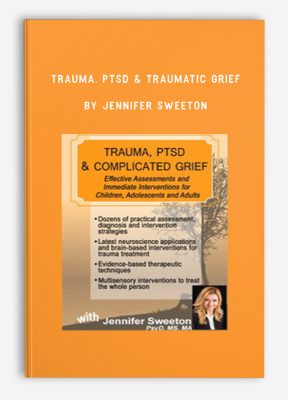
Trauma, PTSD & Traumatic Grief by Jennifer Sweeton
**More information:
Get Trauma, PTSD & Traumatic Grief by Jennifer Sweeton at Salaedu.com
Description
- Dozens of Practical Assessment, Diagnosis and Intervention Strategies
- Latest Neuroscience Applications for Trauma Treatment
- Evidence-Based Therapeutic Techniques
- Multisensory Interventions to Treat the Whole Person
Complete this training program to gain a set of organized skills and knowledge to intervene effectively with traumatized clients. Join Dr. Sweeton to learn the standard of care for treatment in the field of traumatic stress – and its key ingredients. Take home assessment tools that assess clients’ symptoms and therapy progress, discover how traumatic experiences impact the brain, and learn how to use this knowledge along with the Three-Stage Consensus Model to develop individualized treatment plans for clients.
During the workshop, engage in live practice of multiple brain rewiring techniques that can help traumatized clients recover from trauma and develop resilience after trauma. In addition, become familiar with the uniqueness of traumatic grief and learn how to address traumatic grief while implementing a variety of trauma-based interventions. Incorporate evidence-informed treatment techniques for establishing safety, desensitizing and reprocessing traumatic memories, recovering from traumatic loss, and assisting clients in reconnecting to lives full of hope, connection and achievement.
OUTLINE
Trauma
- Recognize and define trauma
- Single event vs. complex
- Intergenerational trauma
- PTSD
- Acute Stress Disorder
- Adjustment Disorder
- Differential Diagnosis-DSM-5®
Trauma and the Brain, Body, Mind: Immediate Assessment & Intervention
- Assess symptom clusters
- Review effective assessment tools
- Therapeutic relationship
- Commitment to treatment
- Trauma and the triune brain
- Disruptions in neural systems
- Attention
- Memory
- Affective stimuli
Loss and Traumatic Grief: Immediate Assessment & Intervention
- Traumatic and complex grief
- Grief, bereavement and DSM-5®
- Recovery from traumatic grief
Immediate Interventions: Understand the Three-State Consensus Model
- 3 phases of trauma focused treatment:
- Stabilization
- Integration
- Reconnection
- Manage body dysregulation & intrusive thoughts
- Explore effective treatment modalities
- EMDR
- Trauma-Focused CBT
- Prolonged Exposure
- Cognitive Processing Therapy
- Narrative Therapy
- Explore adjunct treatment approaches
- Somatic and focusing intervention components
- Mindfulness-informed components
- Acceptance and Commitment
- Therapy components
- Spiritual adaptations
- Building client resilience
- Address vicarious trauma in mental health providers
OBJECTIVES
- Describe the etiology and impact of traumatic stress on the client utilizing multiple assessment strategies.
- Identify the neurophysiological effects of trauma on the brain.
- Identify the four active ingredients to heal trauma.
- Demonstrate multiple treatment approaches to properly select the one that best fits the current phase of a client’s trauma experience.
- Recognize the biopsychosocial and spiritual manifestations of trauma, PTSD, and traumatic grief within the three phases of trauma recovery.
- Detect and build resiliency from your own trauma exposure response.
ADA Needs
We would be happy to accommodate your ADA needs; please call our Customer Service Department for more information at 1-800-844-8260.
Satisfaction Guarantee
Your satisfaction is our goal and our guarantee. Concerns should be addressed to: PO Box 1000, Eau Claire, WI 54702-1000 or call 1-800-844-8260.
More information about Medical:
Medicine is the science and practice of establishing the diagnosis, prognosis, treatment, and prevention of disease.
Medicine encompasses a variety of health care practices evolved to maintain and restore health by the prevention and treatment of illness.
Contemporary medicine applies biomedical sciences, biomedical research, genetics, and medical technology to diagnose, treat, and prevent injury and disease,
typically through pharmaceuticals or surgery, but also through therapies as diverse as psychotherapy, external splints and traction, medical devices, biologics, and ionizing radiation, amongst others.
Medicine has been around for thousands of years, during most of which it was an art (an area of skill and knowledge) frequently having connections to the religious and
philosophical beliefs of local culture. For example, a medicine man would apply herbs and say prayers for healing, or an ancient philosopher and physician would apply bloodletting according to the theories of humorism.
In recent centuries, since the advent of modern science, most medicine has become a combination of art and science (both basic and applied, under the umbrella of medical science).
While stitching technique for sutures is an art learned through practice, the knowledge of what happens at the cellular and molecular level in the tissues being stitched arises through science.
1 review for Trauma, PTSD & Traumatic Grief by Jennifer Sweeton
Add a review Cancel reply
Related products
HEALTH - FITNESS - LIFESTYLE - MEDICAL
HEALTH - FITNESS - LIFESTYLE - MEDICAL
Complete Certified Professional Coach Online Course from Berry Fowler
HEALTH - FITNESS - LIFESTYLE - MEDICAL
HEALTH - FITNESS - LIFESTYLE - MEDICAL
HEALTH - FITNESS - LIFESTYLE - MEDICAL
Somatic Interventions for Treating Complex Trauma with Janina Fisher, Ph.D. from Janina Fisher
HEALTH - FITNESS - LIFESTYLE - MEDICAL
HEALTH - FITNESS - LIFESTYLE - MEDICAL
HEALTH - FITNESS - LIFESTYLE - MEDICAL

 School of Happiness from Vanessa Van Edwards
School of Happiness from Vanessa Van Edwards 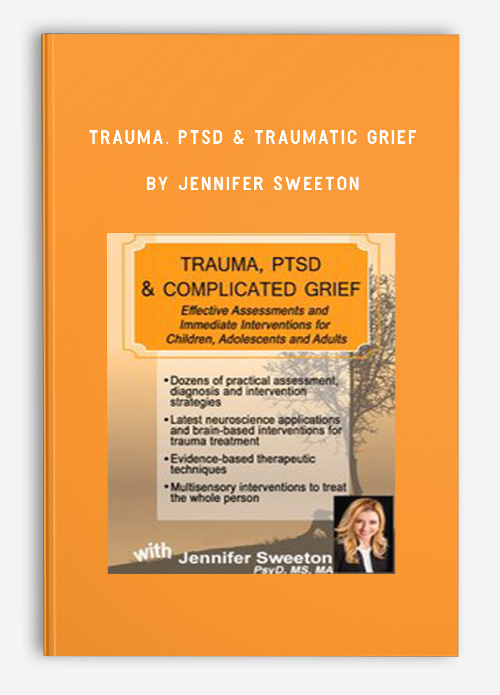
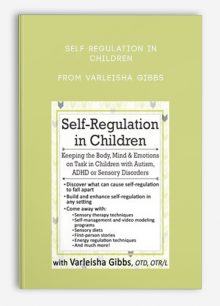

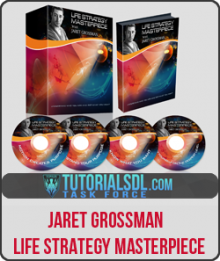
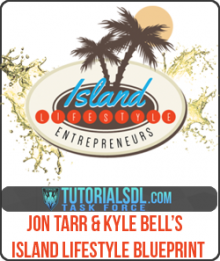
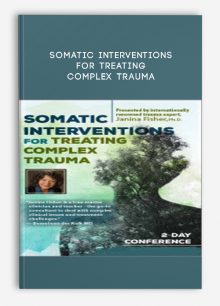

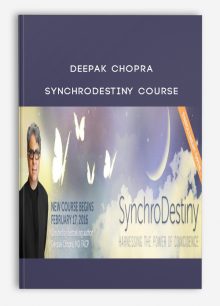

Trevis Trevis –
We create this shop with the mission: Bring the courses to 500 millions of people in the world, to help them awake their power and change their